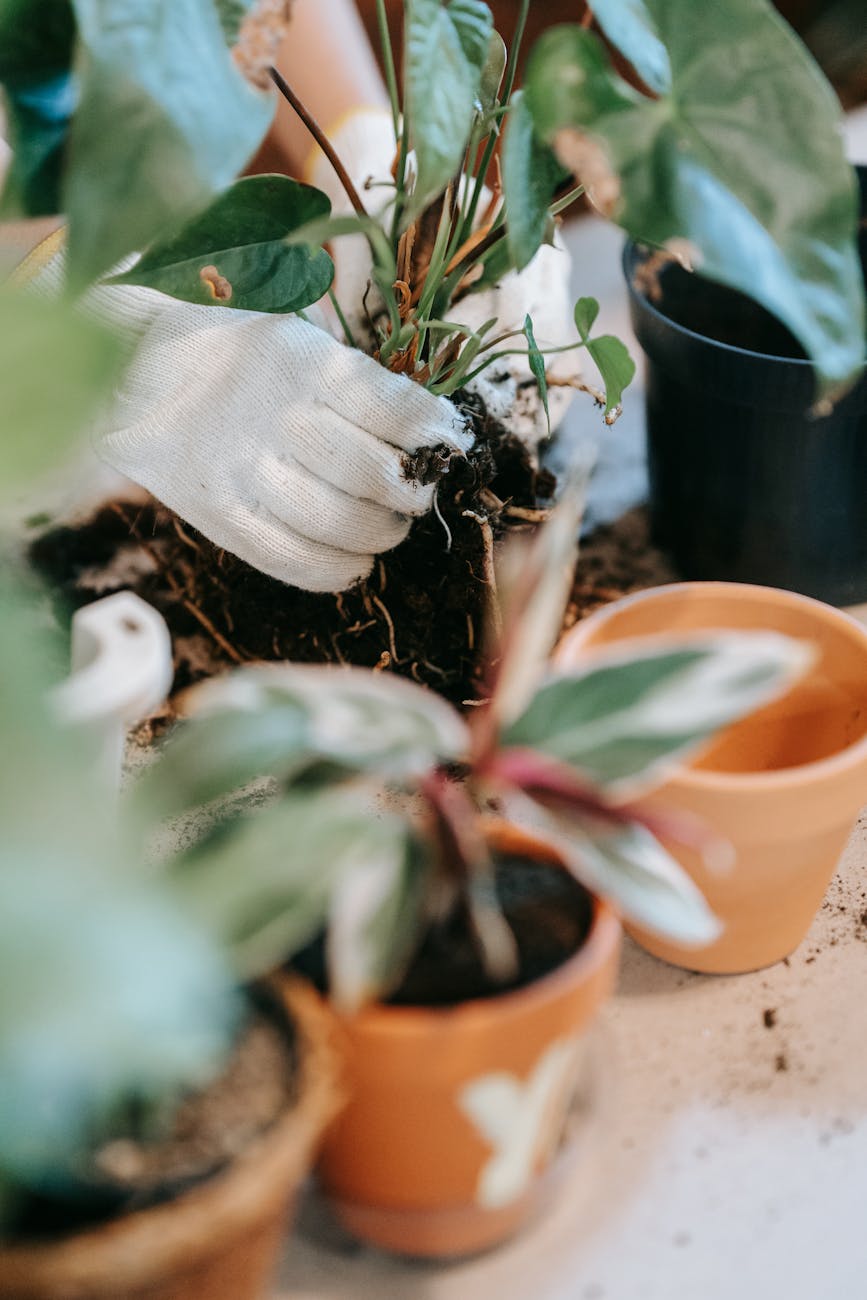Topic: Types of Transplanting in Agriculture, Methods, and Importance
Table of Contents
- Introduction to transplanting
- Meaning of transplanting
- Types of Transplanting in Agriculture
- Methods of transplanting in agriculture
- Crops benefiting from transplanting.
- The importance of transplanting in agriculture.
Introduction
Learn about transplanting in agriculture, including types, methods, and examples of plants that benefit. Discover the importance of this technique for crop yield, survival, and efficient land use.
See Also
- Tillage in Agriculture, Types and importance
- Soil Preparation for Root crops, steps for great harvest
- Effects Of Ridging, Advantages and Disadvantages
Meaning of Transplanting
Transplanting is an essential technique in agriculture that involves moving young plants or seedlings from a nursery or initial growth site to their final growing location in the field. This method plays a key role in enhancing crop quality, optimizing land use, and increasing yields, especially for plants sensitive to environmental conditions in their early stages. Transplanting is widely practiced across different crops such as vegetables, fruits, and trees due to its numerous advantages, including increased survival rates and more efficient growing cycles.
In this hall,, we will study the different types and methods of transplanting, give examples of plants that benefit from this technique, and discuss why transplanting is so important in agriculture.

Types of Transplanting in Agriculture
1. Manual Transplanting: Manual types of transplanting involves moving seedlings by hand, making it common in small-scale farms and for labor-intensive crops. It’s widely practiced for rice in paddy fields, where seedlings are manually transplanted into flooded fields, and for delicate crops like tomatoes, peppers, and lettuce.
2. Mechanical Transplanting: This types of transplanting uses machinery to plant seedlings at specific intervals, which reduces labor costs and increases efficiency on large-scale farms. Mechanical transplanting is used for crops like cabbage, cauliflower, and tomatoes and requires strong seedlings that can withstand the process without damage.
3. Direct Seedling Transplanting: In direct seedling transplanting, young plants are moved directly to another field location without being first grown in a separate nursery. This method is commonly used in dryland farming for hardy crops such as onions and garlic and helps avoid root disturbances during the transplanting process.
4. Bare-Root Transplanting: Bare-root transplanting is when seedlings’ roots are exposed and free of soil when planted. This method is widely used for deciduous trees, shrubs, and some flowers. While it requires careful handling to prevent root damage, it’s a cost-effective method for large-scale planting.
5. Containerized Transplanting: With containerized transplanting, seedlings are grown in pots, trays, or biodegradable bags before being transferred to the field. This method minimizes root damage and transplant shock and is commonly used for high-value crops like strawberries, grapes, and some ornamental plants.
Methods of Transplanting in Agriculture
1. Single Seedling Transplanting: Single-seedling transplanting involves planting individual seedlings at regular intervals, giving each plant ample space for growth and sunlight. This method is common for crops like tomatoes, peppers, and broccoli.
2. Clump Transplanting: In clump transplanting, 2–3 seedlings are transplanted together as a single unit, often used for crops that benefit from close proximity, such as rice and certain leafy greens. This method is ideal for crops that grow well when grouped together.
3. Broadcast Transplanting: Broadcast transplanting scatters seedlings across an area rather than planting in rows, often used for crops that spread and thrive in dense planting, like grasses or cover crops. It’s frequently used in pastures or naturalized gardens.
4. Row Transplanting: Row transplanting places seedlings in organized rows with specific spacing to facilitate irrigation, fertilization, and weed management. This method is widely used for vegetables (e.g., lettuce and cabbage) and commercial crops like sugarcane.
5. Machine-Assisted Transplanting: Machine-assisted transplanting uses machinery to place seedlings precisely in the field, either in rows or at set intervals. This method speeds up the process and reduces labour, commonly used for lettuce, celery, and other crops in commercial agriculture.
Examples of Plants Benefiting from Transplanting
- Tomatoes: Tomato seedlings are typically grown in a nursery for 4–6 weeks before being transplanted. This technique gives them a strong start, making them more resistant to pests and diseases in the field.
- Rice: In traditional rice farming, seedlings are raised in nurseries and then manually transplanted into flooded fields. This practice provides better spacing, which results in improved growth and easier weed control.
- Cabbage and Cauliflower: These crops are often grown in trays for 4–5 weeks and then transplanted when they have a few leaves. This process helps them develop uniform heads and leads to better crop yield.
- Ornamental Flowers (e.g., Petunias, Marigolds): Seedlings of ornamental flowers are raised in containers before being transplanted to garden beds, which ensures a consistent bloom display and healthy growth due to regular spacing.
Other Examples of transplanting plants include
- Peppers
- Broccoli
- Onions
- Garlic
- Lettuce
- Celery
- Strawberries
- Grapes
- Petunias
- Marigolds
- Eggplant
- Basil
- Spinach
- Kale
- Chard
- Melons
Importance of Transplanting in Agriculture
1. Improved Survival Rates: Transplanting helps young plants become stronger in a controlled environment, making them more resilient to pests, diseases, and weather conditions once in the field.
2. Efficient Land Use: By growing seedlings in a nursery while preparing the field, farmers make better use of their land and can shorten the growing cycle by moving strong seedlings to the field when ready.
3. Weed Control: Transplanted crops often get a head start, making it easier for them to out-compete weeds and reducing the need for herbicides.
4. Enhanced Yield and Quality: Transplanting optimizes plant spacing and root development, leading to higher yields and better-quality produce.
5. Extended Growing Season: Starting plants early in a nursery allows them to be transplanted into the field when conditions are optimal, enabling earlier harvests and even multiple planting cycles per season.
Conclusion on the Types of transplanting in Agriculture
Transplanting is a valuable agricultural technique with numerous benefits, including enhanced crop survival, increased yields, and more efficient use of land.
By carefully selecting the type and methods of transplanting, farmers can tailor the process to specific crops, improving outcomes for each growing season. Whether through manual or mechanical methods, transplanting is a cornerstone of efficient and sustainable agriculture, helping to meet global food demands while optimizing resources and maintaining soil health.
Revision Questions for Students
- Wha is the meaning of transplanting?
- State 5 types of transplanting in agriculture.
- List the methods of transplanting
- Outline five importance of transplanting in agriculture.
- List 10 crops benefiting from transplanting.
